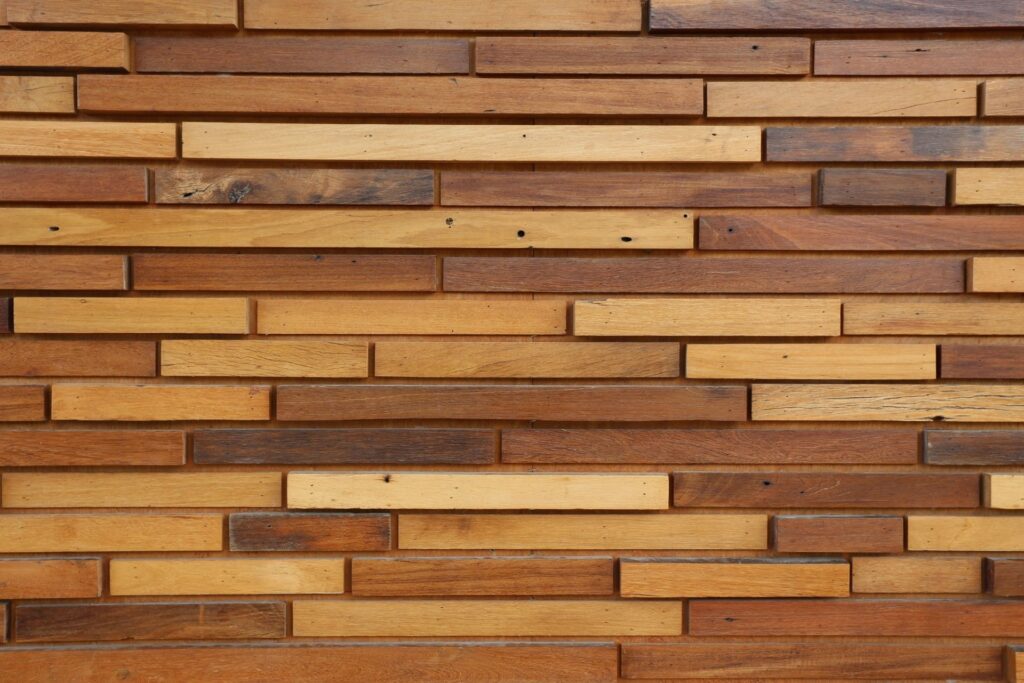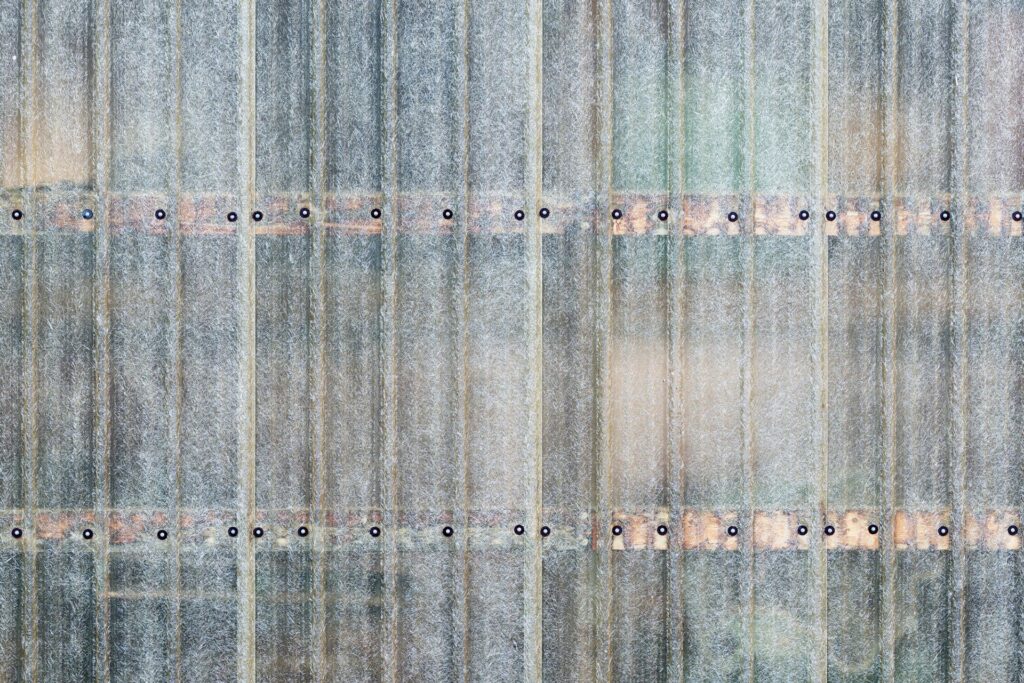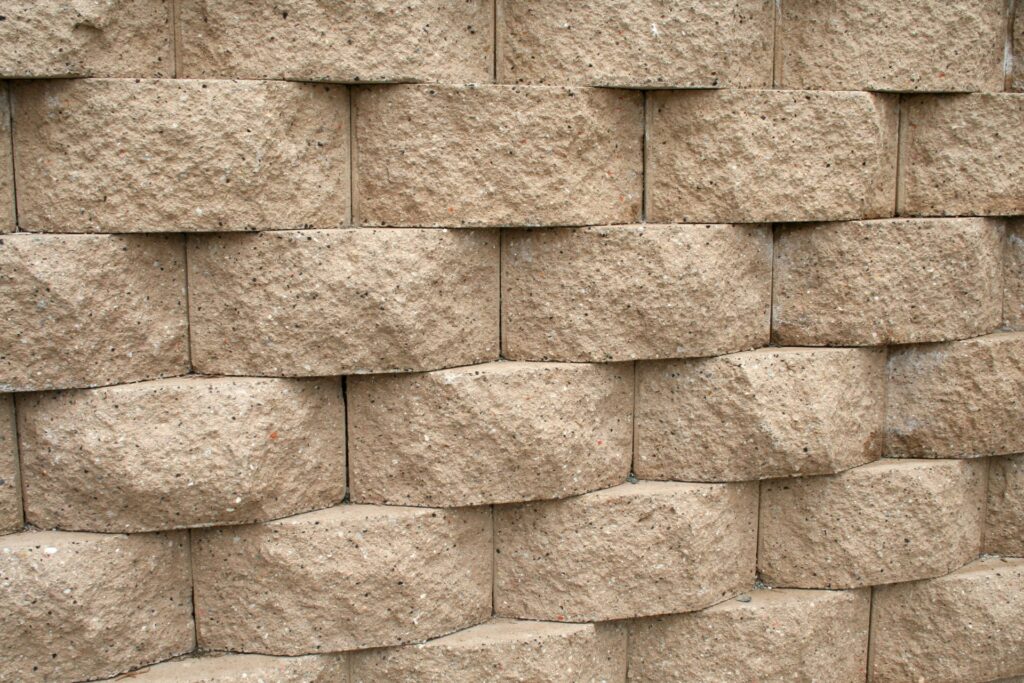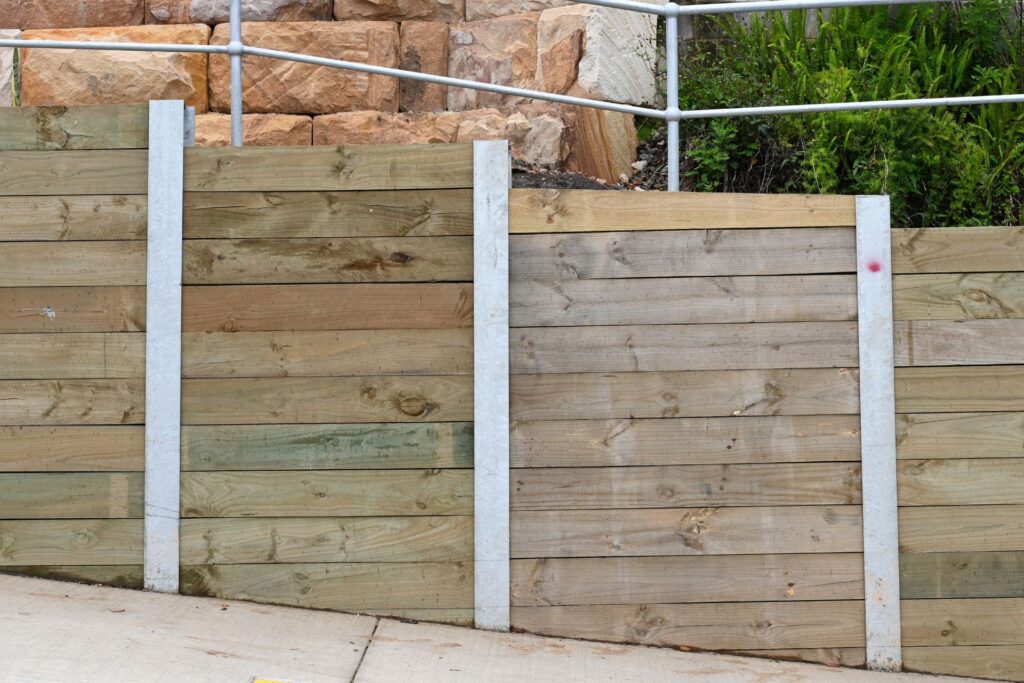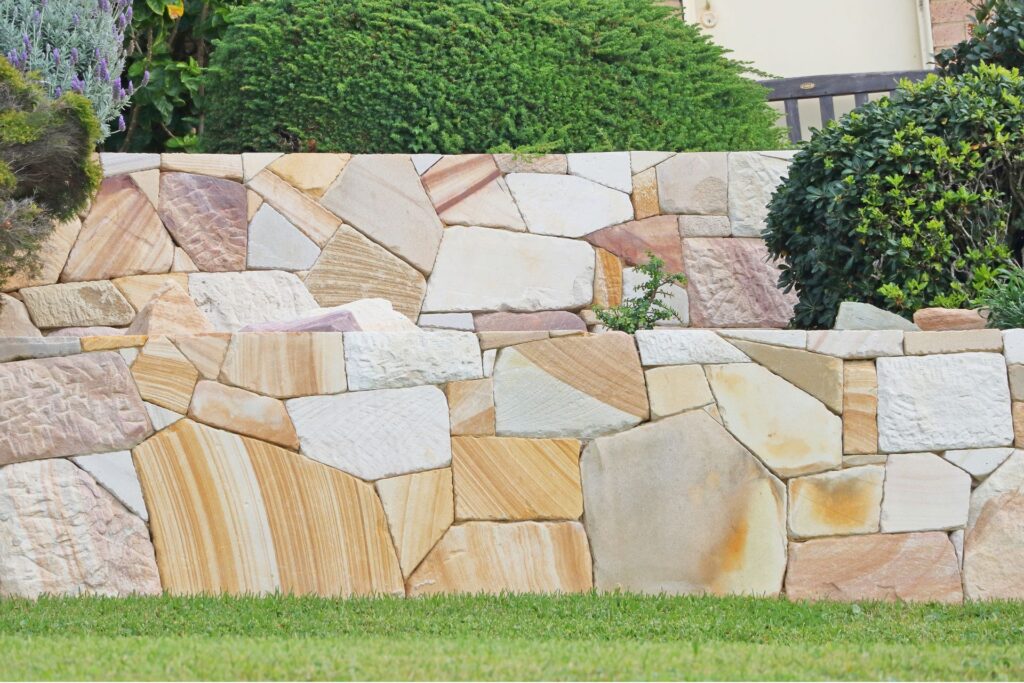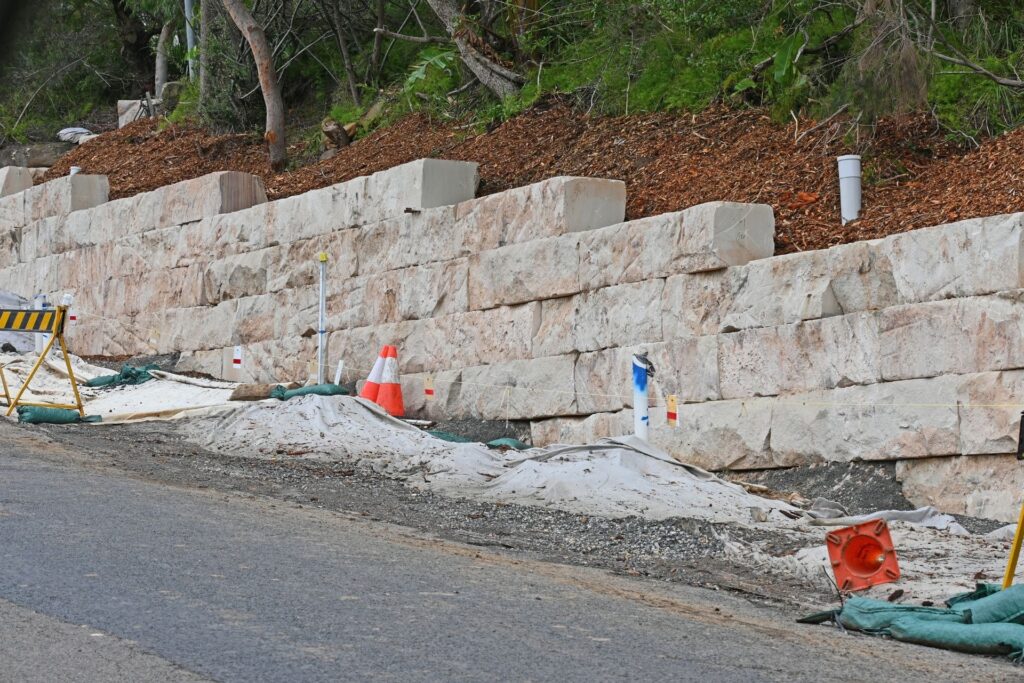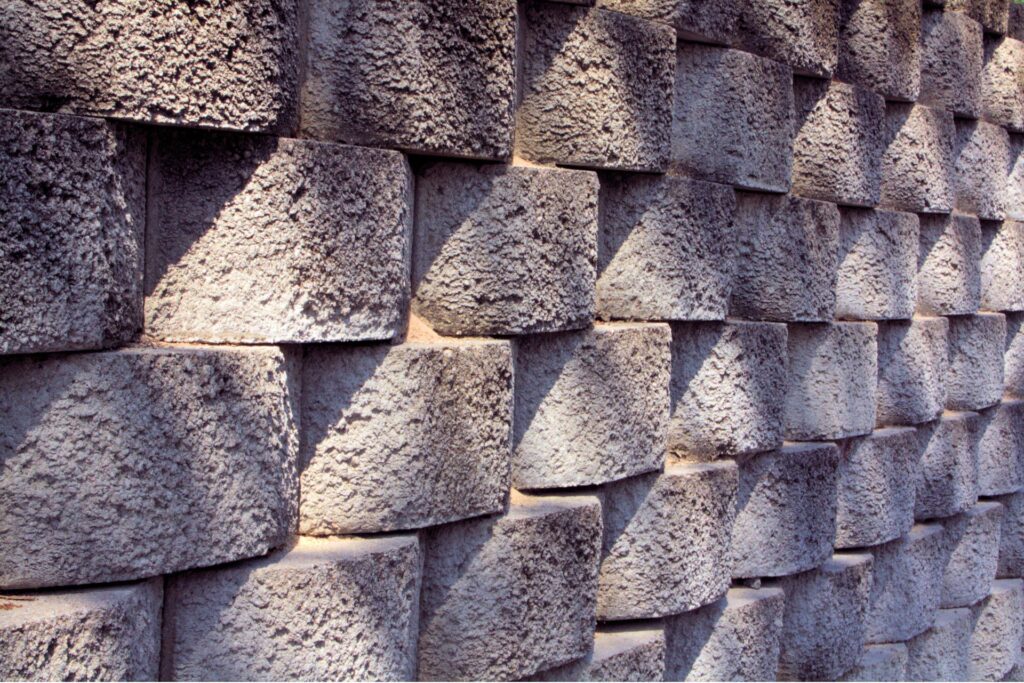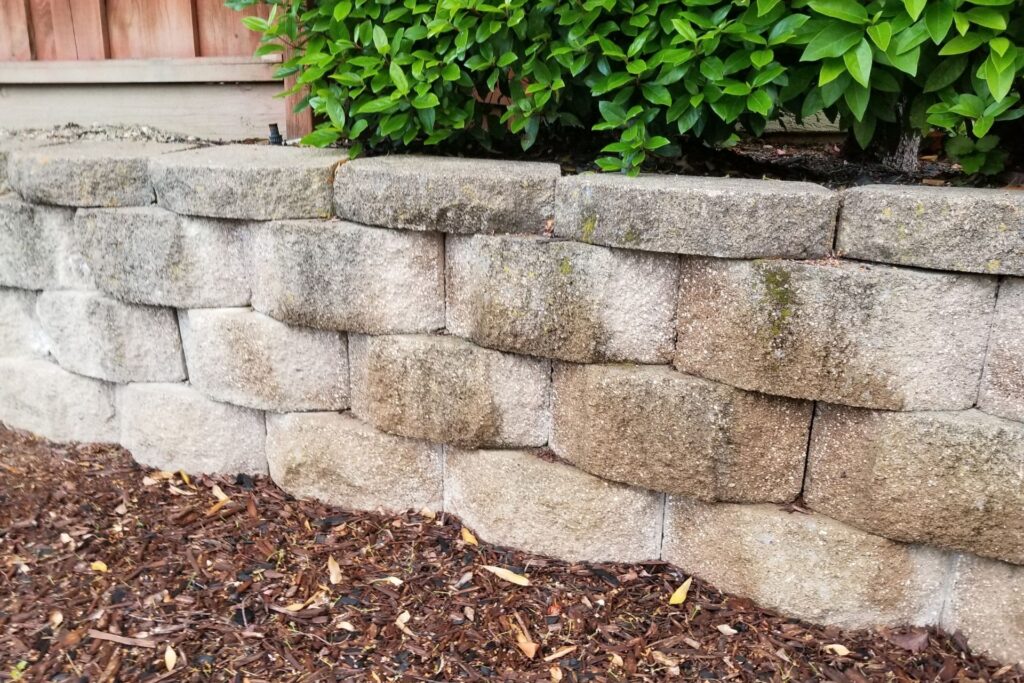Welcome to our comprehensive guide on timber retaining wall design in New Zealand, where we unlock the secrets to transforming your outdoor spaces with the natural beauty and resilience of timber. As an essential element in landscaping, timber retaining walls offer a harmonious blend of functionality and aesthetics, making them a popular choice among homeowners seeking to combat soil erosion, create terraced gardens, or simply enhance the visual appeal of their property. With New Zealand’s unique climate and the rich variety of local timbers available, designing a timber retaining wall requires thoughtful consideration of environmental factors, as well as an eye for design. Whether you’re looking to embark on a DIY project or planning to consult with professionals, our guide promises to equip you with all the necessary insights and tips to ensure your timber retaining wall not only stands the test of time but also complements the natural beauty of your surroundings.
Timber retaining walls are a functional and aesthetic addition to any New Zealand landscape, designed to control soil erosion, create usable garden space, and enhance property aesthetics. Opt for native, sustainable timber to ensure compatibility with New Zealand’s unique climate and environmental conditions. Planning involves site analysis, understanding local building codes, and considering drainage and reinforcement needs. A successful timber retaining wall project in NZ combines practicality with creativity, integrating the wall seamlessly into the garden design while ensuring it’s built to last against weather and soil pressure.
Understanding Timber Retaining Walls
Timber retaining walls are an essential and versatile component of landscaping, offering both functional and aesthetic benefits. These structures are specifically designed to control soil erosion, create usable garden space on sloped land, and enhance the overall appearance of outdoor spaces. In this comprehensive guide, we delve into what timber retaining walls are, their importance and the types of timber ideally suited for such structures in New Zealand’s unique weather conditions.
What Are Timber Retaining Walls?
At its core, a timber retaining wall is a structure that holds back soil or rock from a building, structure, or area. This wall prevents erosion or the downward movement of soil on a slope, effectively making steep areas more usable and accessible. Beyond their practical use in preventing soil erosion, timber retaining walls are also popular for their natural and warm aesthetic appeal. They can be incorporated into a variety of garden designs, from rustic to contemporary, blending seamlessly with the natural environment.
The versatility of timber retaining walls extends to their functionality; they can create terraces of usable garden space on sloped lands, support garden beds, and even serve as a backdrop for a cozy outdoor seating area. Additionally, these walls can help in managing water runoff effectively, directing water away from structures and garden areas to prevent flooding and soil washout.
Types of Timber Used in New Zealand
The choice of timber is crucial for the durability and effectiveness of a retaining wall, especially in New Zealand, where weather conditions can vary significantly. When selecting timber for retaining walls, it’s important to consider resistance to decay, sustainability, and compatibility with the local climate. New Zealand offers a range of native and sustainable timber options suitable for these purposes.
Native Timber Options: New Zealand’s forests provide a variety of native timbers that are known for their strength and durability. Among these, Totara and Puriri stand out for their natural resistance to decay, making them excellent choices for retaining walls. These timbers offer a blend of aesthetic appeal and longevity but sourcing them sustainably can be a concern due to conservation efforts.
Sustainable Timber Options: With a growing emphasis on sustainability, there are several eco-friendly timber options available that are treated to resist decay and pests, making them suitable for New Zealand’s weather conditions. Treated Pine is one of the most popular choices due to its affordability, availability, and effectiveness in resisting rot and insect damage. For those seeking more sustainable options, macrocarpa is another excellent choice. It’s a locally grown timber known for its natural durability and resistance to rot, without the need for chemical treatment.
In conclusion, timber retaining walls not only offer practical benefits such as erosion control and space creation but also enhance the aesthetic appeal of outdoor spaces. In New Zealand, the choice of timber for retaining walls must be made with consideration to durability, sustainability, and weather resistance. By selecting the appropriate type of timber, homeowners can ensure their retaining walls are both beautiful and long-lasting, contributing to a more functional and appealing outdoor space. Whether through the use of native timbers or sustainable alternatives, New Zealand offers a variety of options to suit different preferences and requirements, making timber retaining walls a versatile solution for landscaping needs.
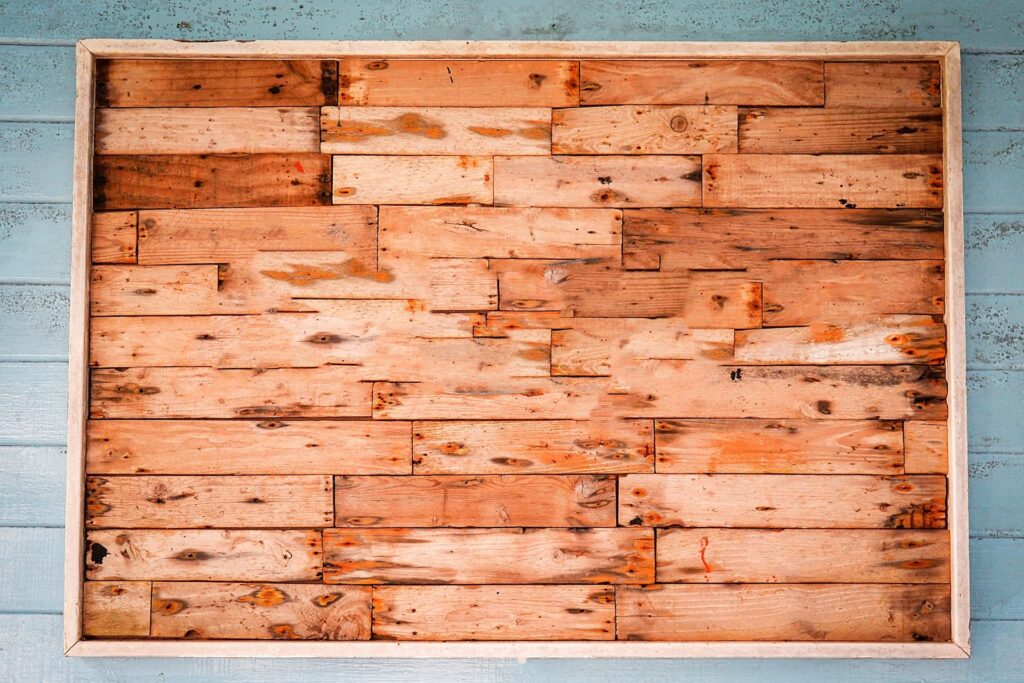
Design Principles Of Timber Retaining Walls
When planning the construction of a timber retaining wall, especially in a unique and diverse environment such as New Zealand’s, it’s essential to approach the design process with a thoughtful blend of aesthetic, basic, and technical considerations. These walls are not only functional structures meant to hold soil in place but can also enhance the beauty of your garden and outdoor space when designed with care and precision. This guide will delve into the critical aspects of designing timber retaining walls, ensuring they are both effective and visually appealing.
Basic Design Considerations
The foundation of a successful timber retaining wall lies in its basic design parameters: height, length, and depth. These are crucial in adapting to New Zealand’s varied terrain and climate conditions. The height of the wall is vital for understanding the pressure it needs to withstand and impacts the types of timber and reinforcement required. Similarly, the length and depth of the wall play significant roles in its stability and effectiveness.
For New Zealand’s landscape, which ranges from coastal plains to rugged mountains, it’s essential to tailor the design of your retaining wall to the specific conditions of your site. This includes considering the local soil type, the slope of the land, and the potential for seismic activity. A well-designed timber retaining wall not only addresses these functional requirements but also blends seamlessly with the natural environment.
Aesthetic Considerations
A timber retaining wall offers a unique opportunity to add aesthetic value to your outdoor space. When integrating retaining walls into your garden design, consider the color, texture, and compatibility with other garden features. The natural look of timber can complement a wide range of garden styles, from rustic to contemporary.
The choice of timber, its finish, and how it ages over time will contribute to the overall look and feel of your garden. Think about how the color of the wood will interact with the surrounding plants and elements. Additionally, the texture of the timber, whether rough and rustic or smooth and refined, can add depth and interest to your garden design. Compatibility with existing or planned garden features is also essential. The retaining wall should not only serve its functional purpose but also act as a cohesive element that ties the garden together.
Technical Aspects
Beyond aesthetics and basic design, the technical aspects of constructing a timber retaining wall are critical to its longevity and safety. Drainage is a crucial consideration; poor drainage can lead to water buildup behind the wall, increasing soil pressure and the risk of wall failure. Incorporating adequate drainage solutions, such as weep holes or drainage tiles, is vital to manage this risk.
Soil pressure and the need for reinforcement depend on the wall’s height and the soil’s characteristics. Timber retaining walls may require additional support, such as steel rods or concrete anchors, to handle the lateral pressure of the soil. It’s also imperative to reference New Zealand building codes and standards when planning your wall. These regulations ensure that your retaining wall is built to withstand local environmental stresses and safety standards.
In conclusion, designing a timber retaining wall is a multifaceted process that requires careful consideration of basic design parameters, aesthetic integration, and technical specifications. By addressing these aspects thoughtfully, you can create a functional and beautiful retaining wall that stands the test of time, enhancing your outdoor space while complying with New Zealand’s diverse and challenging landscape.

Planning Your Timber Retaining Wall Project
When embarking on constructing a timber retaining wall, the planning phase is pivotal to ensuring the success and longevity of your project. This guide will delve into the essential steps of planning your timber retaining wall project, with a keen focus on New Zealand conditions. From conducting a thorough site analysis and preparation to selecting the right tools and materials available in New Zealand, and finally, to budgeting effectively for your project, we’ve got you covered.
Site Analysis and Preparation
The first step in planning your timber retaining wall is a comprehensive site analysis and preparation. This process is crucial for identifying potential challenges and ensuring the structural integrity of your retaining wall. Here’s how to assess your site effectively:
Slope Assessment: The slope of your land significantly impacts the design of your retaining wall. A steeper slope may require additional reinforcement and a different construction approach than a gentler slope.
Soil Type Consideration: Soil types can vary greatly and affect the drainage and stability of your retaining wall. Sandy soils, for example, drain well but may lack stability, while clay soils offer stability but poor drainage.
Drainage Evaluation: Proper drainage is critical to prevent water build-up behind the wall, which can lead to pressure that compromises the wall’s integrity. Assessing the site’s natural drainage and planning for adequate drainage solutions is essential.
Tools and Materials Needed
Selecting the right tools and materials is next in planning your retaining wall project. For those in New Zealand, it’s important to choose materials that are readily available and suitable for the local climate conditions. Here is a list of essential tools and materials you’ll need:
Timber: Opt for treated timber that’s designed for ground contact to ensure longevity. New Zealand has several suppliers of treated pine, which is commonly used for retaining walls.
Drainage Supplies: Including ag-pipe and gravel for behind the wall to ensure adequate drainage.
Construction Tools: Basic tools like shovels, a level, a hammer, a drill with appropriate bits, and a saw.
Fasteners: Galvanized or stainless steel screws and nails that are suitable for outdoor use and will resist corrosion.
Budgeting Tips
Budgeting for your timber retaining wall project in New Zealand requires careful planning to ensure you can complete your project without compromising quality. Here are some tips to help you budget wisely:
Cost Estimation: Start by estimating the cost of materials and tools you don’t already have. Don’t forget to account for any delivery fees for materials.
Comparative Shopping: Prices can vary significantly between suppliers, so it’s worth getting quotes from multiple sources to find the best deals.
DIY vs. Professional: Consider which tasks you can realistically do yourself and which might require a professional. While DIY can save labor costs, some aspects of the project may benefit from professional expertise.
Quality vs. Cost: While it’s tempting to go for the cheapest options, investing in quality materials and tools can save you money in the long run by reducing maintenance and replacement costs.
By thoroughly analyzing your site, carefully selecting your materials and tools, and budgeting wisely, you can ensure that your timber retaining wall project in New Zealand is not only successful but also cost-effective. Remember, good planning is the key to a durable and aesthetically pleasing retaining wall that will stand the test of time.

Step-By-Step Guide To Building A Timber Retaining Wall
Creating a timber retaining wall is a rewarding DIY project that can significantly improve the functionality and aesthetics of your outdoor space. Whether you’re looking to prevent soil erosion, create terraced levels on a slope, or simply add a decorative feature to your garden, building a timber retaining wall is a practical and appealing solution. In this step-by-step guide, we’ll walk you through the process of constructing a durable and stable timber retaining wall, with a focus on techniques and materials suitable for conditions in New Zealand. Let’s dive in!
Step 1: Marking Out Your Wall
The first step in building your timber retaining wall is to accurately measure and mark out the area where the wall will be built. This preparatory step is crucial for ensuring that your wall is constructed straight and in the correct location. Begin by using stakes and string to outline the perimeter of your wall. It’s important to check for any underground utilities before you start digging, so make sure to call the local utility companies for a location check. Once the area is marked out, use a level to ensure that the lines are even and adjust as necessary. This step sets the foundation for your entire project, so take your time to get it right.
Step 2: Foundation and Posts
A strong foundation is key to the longevity and stability of your retaining wall. Start by digging holes for your posts at regular intervals along the marked line. The depth of the holes will depend on the height of your wall but expect to dig at least 600mm deep for a wall up to 1m in height. After the holes are dug, fill the first few inches with gravel to aid drainage and compact it firmly. Place the posts in the holes, ensuring they are level and straight. Then, fill the holes with concrete, again making sure the posts don’t move out of alignment as the concrete sets. The concrete foundation provides the necessary stability to support the weight of the timber panels and the soil behind the wall.
Step 3: Installing Timber Panels
With your posts securely in place, it’s time to attach the timber panels. Choose quality, pressure-treated timber to ensure your wall withstands the elements and avoids rot. Measure and cut your timber panels to size, then attach them to the posts using galvanized screws or nails for added durability. Make sure the panels are level as you go, adjusting as necessary. The key here is to ensure that each panel is securely attached to the posts to provide the structural integrity needed to retain soil effectively.
Step 4: Adding Drainage Features
Proper drainage is critical to the success and longevity of your retaining wall, especially in New Zealand’s rainy climate. Without adequate drainage, water can build up behind the wall, leading to pressure that could cause the wall to fail. To prevent this, install a perforated drainage pipe behind the wall at its base. Cover the pipe with a geotextile fabric to prevent it from getting clogged with soil, then fill the area with gravel. This setup allows water to be collected and diverted away from the wall, reducing pressure and preventing damage.
By following these steps, you can build a timber retaining wall that not only enhances the look of your outdoor space but also serves a functional purpose for years to come. Remember, the key to a successful DIY retaining wall project lies in careful planning, choosing the right materials, and executing each step with attention to detail. With a bit of effort and the right approach, you’ll create a beautiful and durable structure that meets your landscaping needs.
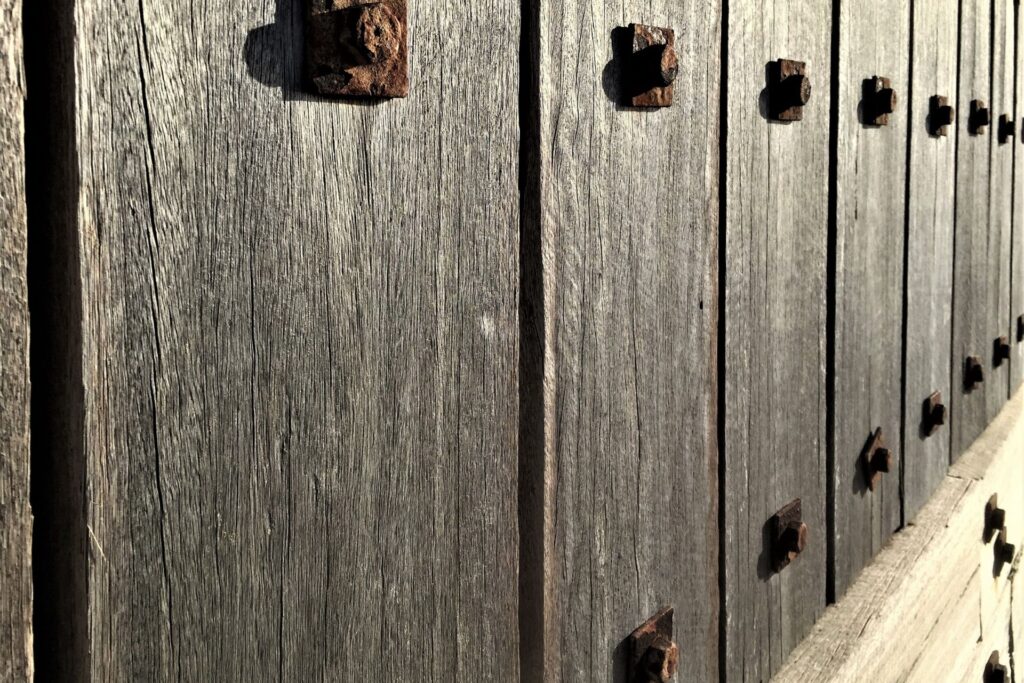
Maintenance And Care For Timber Retaining Walls
Maintaining your timber retaining wall is crucial for ensuring its longevity and structural integrity. In this comprehensive guide, we delve into effective strategies for routine maintenance and tackle common issues such as rot, insect damage, and weather-related wear, especially pertinent to the unique conditions found in New Zealand. Follow these expert tips to keep your timber retaining wall in top condition for years to come.
Routine Maintenance Tips
Regular inspection and upkeep of your timber retaining wall can significantly extend its lifespan while preventing potential failures. Here’s how to stay on top of maintenance:
Regular Inspections: Schedule bi-annual inspections of your retaining wall to check for any signs of wear and tear. Look for cracks, leaning sections, or any indications of movement. Early detection of these issues can prevent more severe problems down the line.
Drainage System Checks: Proper drainage is vital for the health of your timber retaining wall. Ensure that drainage systems are clear of debris and functioning correctly to prevent water buildup, which can lead to wood rot and structural instability.
Clean & Clear: Keep the area around your retaining wall clean and free of debris. Overgrowth of vegetation can hide potential problems and trap moisture against the timber, promoting rot.
Wood Treatment: Consider applying a wood preservative or sealant to the timber. This can offer additional protection against moisture, insects, and decay. Make sure to use products suited for the New Zealand climate and the specific type of timber of your wall.
Dealing with Common Issues
Timber retaining walls in New Zealand are subjected to a unique set of challenges, including high humidity levels, varying weather conditions, and local insect populations. Here’s how to address these common issues:
Rot Prevention: The key to preventing rot is ensuring good drainage and reducing direct contact with soil. Use gravel backfill for improved drainage behind the wall, and consider installing a waterproof membrane between the timber and the soil.
Insect Damage: Termites and other wood-boring insects can wreak havoc on timber structures. Use insect-repellent timber or treat your wall with an insecticide specifically designed for these pests in New Zealand. Regular inspections will help you catch any infestations early.
Weather-Related Wear: New Zealand’s weather can be harsh on timber structures. To combat weather-related wear, ensure that your timber is treated or sealed to withstand UV rays and moisture. Reapply protective coatings as recommended by the manufacturer.
In conclusion, the key to a durable and reliable timber retaining wall lies in regular maintenance and timely intervention when issues arise. By following these tips, you can enhance the lifespan of your wall, ensuring that it continues to serve its purpose while maintaining its aesthetic appeal. Whether you’re dealing with the humid climate of the North Island or the cooler, wetter conditions of the South Island, these guidelines will help you protect your investment against the unique challenges posed by the New Zealand environment.
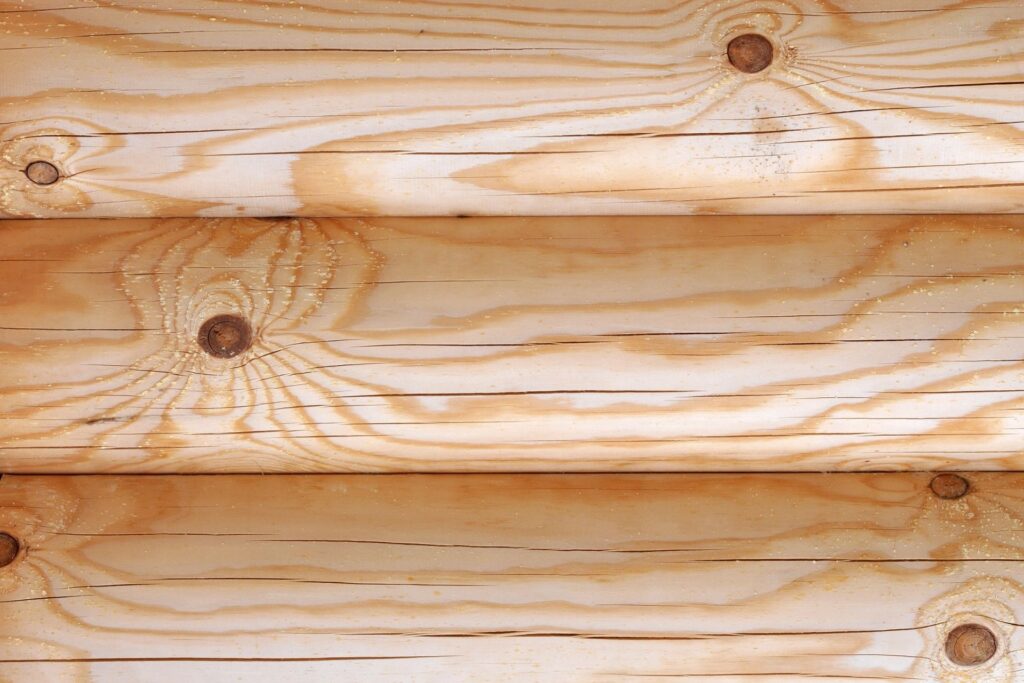
Case Studies And Inspiration
In the realm of garden and landscape design, timber retaining walls not only serve a practical purpose but also offer an aesthetic appeal that can transform any outdoor space. New Zealand, with its diverse landscapes ranging from the rolling hills of the North Island to the rugged terrains of the South Island, presents a unique backdrop for showcasing the versatility and beauty of timber retaining walls. In this section, we delve into real-life examples and creative design ideas that highlight the potential of timber retaining walls to inspire your next outdoor project.
Unveiling Success: Timber Retaining Wall Projects in New Zealand
New Zealand’s rich tradition of incorporating natural materials into its landscapes is nowhere more evident than in the use of timber for retaining walls. These structures not only help manage soil erosion and create usable flat areas on slopes but also blend seamlessly with the natural surroundings, enhancing the beauty of the landscape. Let’s explore a few standout projects:
The Bay of Plenty Haven: In the heart of the Bay of Plenty, a coastal property utilized native New Zealand timber to construct retaining walls that not only prevent erosion but also celebrate the country’s natural heritage. This project stands as a testament to sustainable design, leveraging local materials to achieve functionality and aesthetic harmony.
The Queenstown Masterpiece: Queenstown, known for its stunning landscapes, is home to a remarkable project where timber retaining walls have been ingeniously used to create terraced gardens on a steep slope. This approach not only maximizes the space but also offers breathtaking views of the surrounding mountains and Lake Wakatipu.
The Wellington Terrace: In the windy city of Wellington, a residential property showcases how timber retaining walls can be used to combat challenging weather conditions while providing a warm, inviting outdoor space. The use of durable, treated timber ensures longevity against the elements, making it a practical choice for coastal and windy areas.
Beyond Practicality: Creative Design Ideas for Timber Retaining Walls
While timber retaining walls fulfill essential structural roles, they also offer a canvas for creative expression in garden and landscape design. Here are some innovative ideas to inspire your next project:
Multifunctional Spaces: Consider integrating seating or built-in planters into your timber retaining wall design. This not only maximizes the functionality of the space but also adds a unique aesthetic element that invites interaction and enjoyment.
Layered Landscapes: Use timber retaining walls to create distinct levels or terraces in your garden. This can provide opportunities for diverse planting schemes, water features, and even vegetable gardens, adding depth and interest to your outdoor area.
Artistic Touches: Timber offers a natural warmth and texture that can be enhanced with creative finishes. Staining or painting timber retaining walls in hues that complement or contrast with your garden palette can create striking visual effects.
Integrating with Nature: For a truly seamless integration into the landscape, consider planting native flora around and on your timber retaining walls. This not only helps the structure blend into its surroundings but also supports local biodiversity.
From the lush landscapes of New Zealand to your own backyard, timber retaining walls offer a blend of functionality, beauty, and sustainability. By exploring real-life examples and embracing creative design ideas, you can transform any slope into a stunning, usable space that reflects your unique style and the natural beauty of timber. Whether you’re a landscape professional or a home gardener, let these inspirations guide your next outdoor project to new heights.
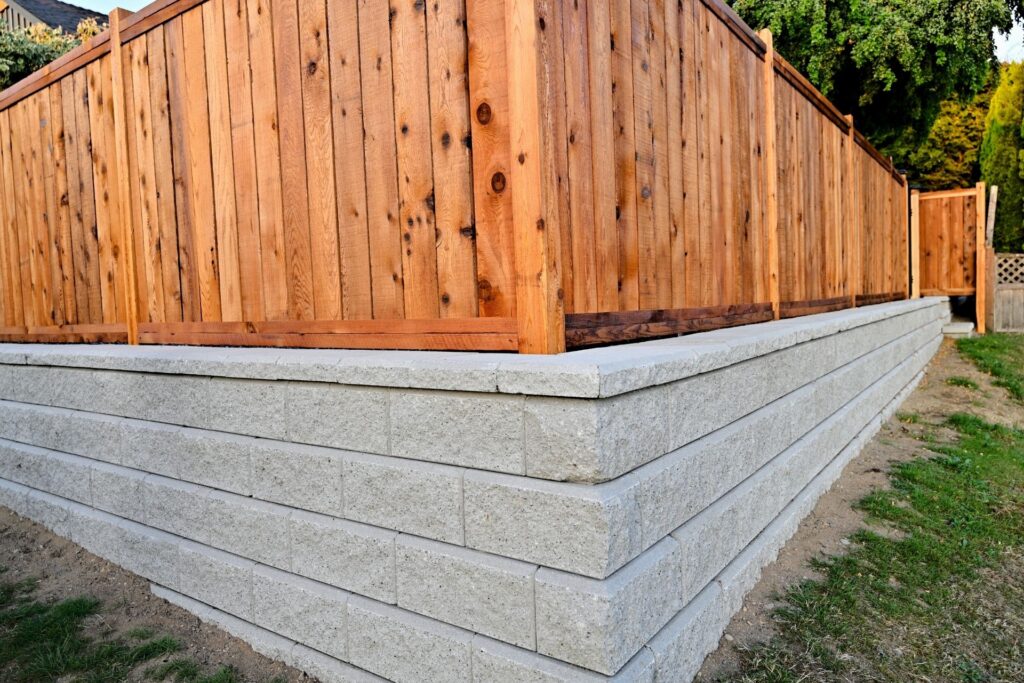
FAQs: About Timber Retaining Walls Design In New Zealand
What are the best types of timber for building retaining walls in New Zealand?
The best types of timber for retaining walls in New Zealand include treated pine, macrocarpa, and Douglas fir. These options offer durability and resistance to rot and pests, making them ideal for New Zealand’s varying climates.
How do I determine the right height for my timber retaining wall?
The height of your timber retaining wall should be determined by the slope of your land and the level of soil you need to retain. Generally, walls up to 1.2 meters can be constructed without the need for professional engineering, but local building codes and regulations should always be consulted.
Do I need a permit to build a timber retaining wall in New Zealand?
Permit requirements vary depending on the height and location of the wall. Walls over a certain height (typically around 1.5 meters) or near boundaries or public utilities may require a permit. Always check with your local council before starting your project.
How can I ensure proper drainage behind my timber retaining wall?
Proper drainage can be ensured by placing a perforated drainage pipe at the base of the wall behind the timber and covering it with gravel or drainage aggregate. This setup helps direct water away from the wall, reducing pressure and preventing water damage.
What maintenance is required for a timber retaining wall?
Routine maintenance for timber retaining walls includes checking for signs of rot or insect damage, ensuring the drainage system is clear and functional, and replacing any damaged or deteriorated timbers. Regularly inspecting and maintaining your wall can significantly extend its lifespan.
Can I build a timber retaining wall on a slope?
Yes, timber retaining walls are an excellent solution for managing sloped areas by creating terraced levels or preventing soil erosion. Careful planning and construction techniques are required to ensure stability and longevity, especially on steeper slopes.
What are some common mistakes to avoid when building a timber retaining wall?
Common mistakes include failing to provide adequate drainage, using untreated or inappropriate timber, not securing the wall properly, and neglecting local building codes and regulations. Avoiding these pitfalls ensures a durable and compliant retaining wall.
How do I choose the right design for my timber retaining wall?
Choosing the right design involves considering the wall’s purpose, the characteristics of your property, and your aesthetic preferences. Consider consulting with a landscaping professional to find a design that meets your functional needs while complementing your outdoor space.
Can timber retaining walls be used for garden beds?
Absolutely! Timber retaining walls are perfect for creating raised garden beds, allowing for better soil control, easier maintenance, and enhanced aesthetic appeal. Ensure that the timber is safe for use around soil and plants, especially if you plan to grow edibles.
How long do timber retaining walls last in New Zealand?
The lifespan of a timber retaining wall in New Zealand can vary depending on the timber used, the construction quality, and the maintenance practices. Generally, a well-built and properly maintained timber retaining wall can last anywhere from 10 to 20 years or more.
Conclusion
In concluding our exploration of timber retaining walls, it’s imperative to highlight the trifecta of success for these structures: meticulous planning, innovative design, and consistent maintenance. Proper planning lays the foundation for durability and functionality, while thoughtful design marries the aesthetic with the practical, transforming outdoor spaces into captivating landscapes. Regular maintenance ensures these walls remain both beautiful and structurally sound over time. Encouraging the incorporation of timber retaining walls not only promotes a practical solution for soil erosion and sloped terrains but also elevates the visual appeal of outdoor areas, making them more inviting. By blending natural materials with human ingenuity, timber retaining walls offer a sustainable, attractive, and functional landscaping option that enhances the overall outdoor experience.
About the Author:
Mike Veail is a recognized digital marketing expert with over 6 years of experience in helping tradespeople and small businesses thrive online. A former quantity surveyor, Mike combines deep industry knowledge with hands-on expertise in SEO and Google Ads. His marketing strategies are tailored to the specific needs of the trades sector, helping businesses increase visibility and generate more leads through proven, ethical methods.
Mike has successfully partnered with numerous companies, establishing a track record of delivering measurable results. His work has been featured across various platforms that showcase his expertise in lead generation and online marketing for the trades sector.
Learn more about Mike's experience and services at https://theleadguy.online or follow him on social media:
